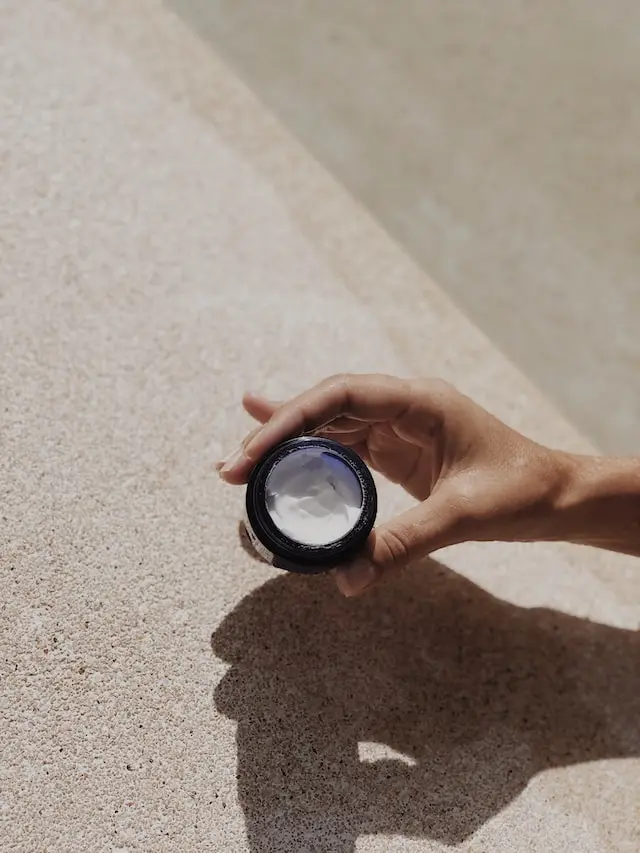Table of Contents
ToggleCBD can revolutionize skincare industry
CBD aka cannabidiol is amongst the 100 of different cannabinoids found in the hemp plant. It poses non intoxicating properties and is legal to use in many countries around the word. CBD can be extracted from the hemp plant and used in cosmetic products for skin care.
What does CBD Do for the Skin?
CBD oil for consuming is quite common amongst the youth and resent rising awareness about its benefits; it has also interested senior age group.
Hemp plant is rich in antioxidant and anti-inflammatory effects, and it can also be absorbed through the skin. This make hemp derived CBD suitable for cosmetics and potentially offers radiant, glowing fab skin. Creams and lotions enriched with CBD are often recommended for treating skin related problems, as many studies have shown effective results for psoriasis, acne and skin rejuvenation. Still more conclusive response is awaited to back the said effects of CBD on skin related problems.
Unraveling Cannabinoids and its importance
Cannabinoids are chemicals found in the hemp plant. However as of now, the most established cannabinoids are CBD and Delta-9 aka THC. Interestingly various other plants also have cannabinoids or cannabinoid like substances.
Even though human secrets natural cannabinoids through the endocannabinoids. They are interlinked to the phytocannabinoids extracted from the hemp plant. Cannabinoids present in human body and hemp plant are quite similar in nature and are easily absorbed by the body. This make hemp derived cannabinoids much favorable in comparison to other available sources.
- Cannabidiol (CBD) is a phytocannabinoid from the hemp plant
- Endocannabinoids play an important role in the human body
- Phytocannabinoids are similar to endocannabinoids and are produced by hemp and other plants
- Cannabimimetics are plant substances that act similarly to cannabinoids (e.g. Echinacea)
How Does Human Endocannabinoid System React to the Hemp-Derived CBD in Cosmetics
Cannabinoids are absorbed by cells in the human body. In a figurative sense, the receptors are keyholes, and the cannabinoids are the keys.
The CB1 and CB2 receptors have received the most attention. CB1 receptors primarily interact with the central nervous system. They also protect the skin from external stresses such as UV radiation and oxidative stress, which is an intriguing function.
CB-2 receptors, on the other hand, influence the immune system, inflammation, itching, and pain sensation. When a receptor is activated, the cell produces fewer pro-inflammatory signalling substances (cytokines).
These cannabinoid receptors can also be found almost anywhere in the human body. Also on and in the skin. They can, for example, influence cell growth in the epidermis and inhibit inflammation.
They regulate fatty acid synthesis in the sebaceous glands and can reduce itching and pain sensation via sensory nerves. The cannabinoid balance can even influence hair growth.
In short, an unbalanced endocannabinoid system can promote skin problems. A balance in the ECS can be restored by supplying cannabinoids and cannabinoid-analogue substances from outside sources. This is what our natural cosmetics are all about.
The entourage effect – CBD with increased potency
Terpenes are a class of chemical compounds found in many plants, including hemp. They are, among other things, responsible for the “entourage effect.” Terpenes and cannabinoids work better together than alone, according to the entourage effect.
Terpenes are responsible for a plant’s distinct odour. They are primarily found in essential oils. In the meantime, the health effects of over 8000 plant terpenes on humans have been studied. We use some of them in our cosmetics because they have a positive effect on the ECS:
- Beta-caryophyllene – found in hemp, hops, sage, peppermint, and lavender. It stimulates the CB2 receptor. Beta-caryophyllene has antibacterial, antifungal (against fungal diseases), and anti-inflammatory properties.
- Kaempferol – found in hops, echinacea, wine extract, and sage. It inhibits and delays the breakdown of anandamide, an important endogenous cannabinoid.
- Humulenes – found in hemp and hops. They act on both CB1 and CB2 receptors.
- Amyrins – found in eucalyptus and prevent the breakdown of 2-AG, an endocannabinoid.
- Quercetin – found in marigolds and hops. It has the potential to increase the expression of CB1 receptors.
- Pinene – found in eucalyptus, sage, ginger, and peppermint – serves as a foundation for the endocannabinoids.
If you wish to switch to medical cannabis, you can visit www.naplimited.com. Cannabis-based medication is natural and does not pose side effects. It is simply a divine drop of natures that God himself created. Future research and medical advancement can unveil the healing properties that medical cannabis has.


Pingback: Hemp in Your Skincare Routine | NAP Limited | C...
Pingback: Cannabis Couture: The High Style of Cannabis in Cosmetics
Pingback: 7 Biggest Indian Marijuana Companies in India - NAPL